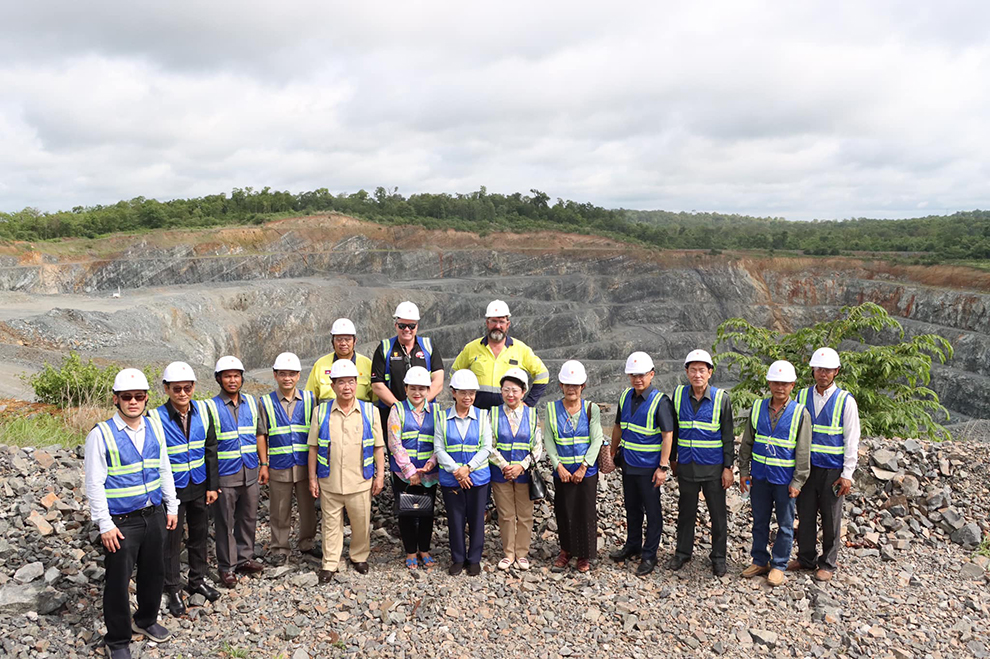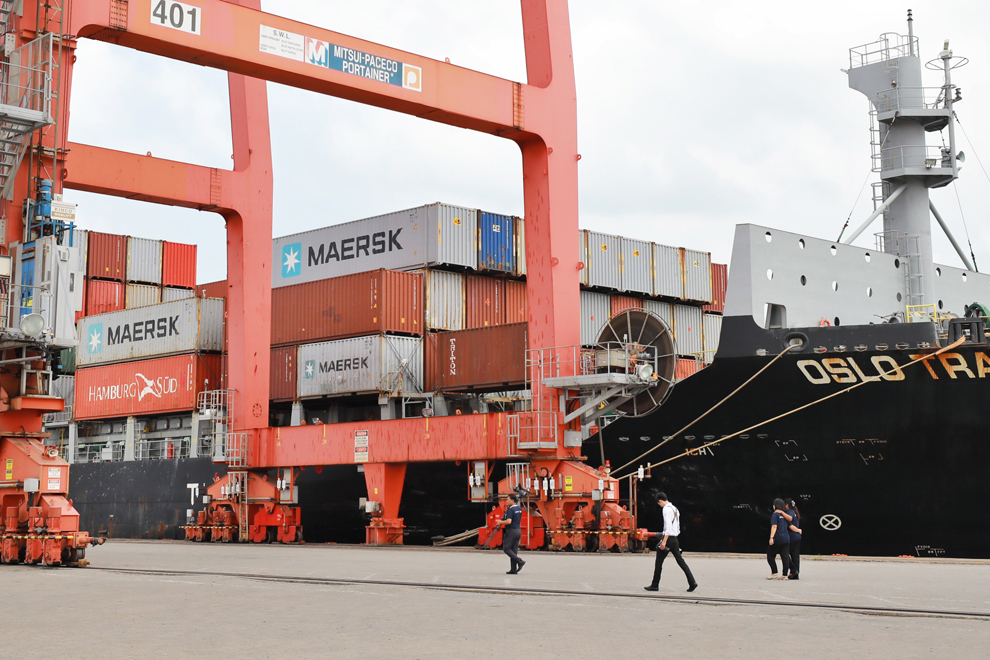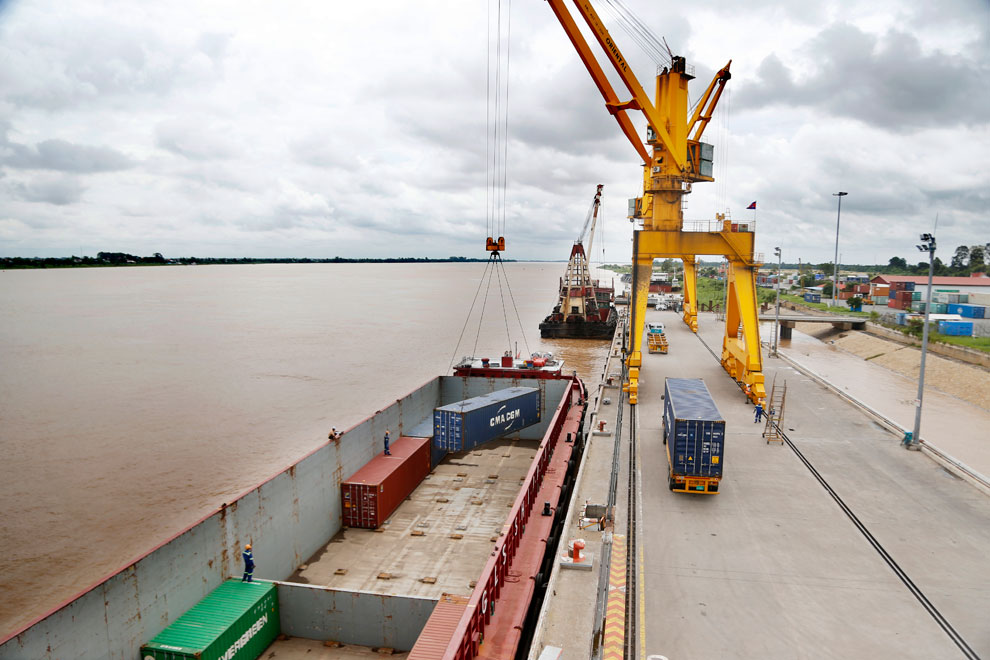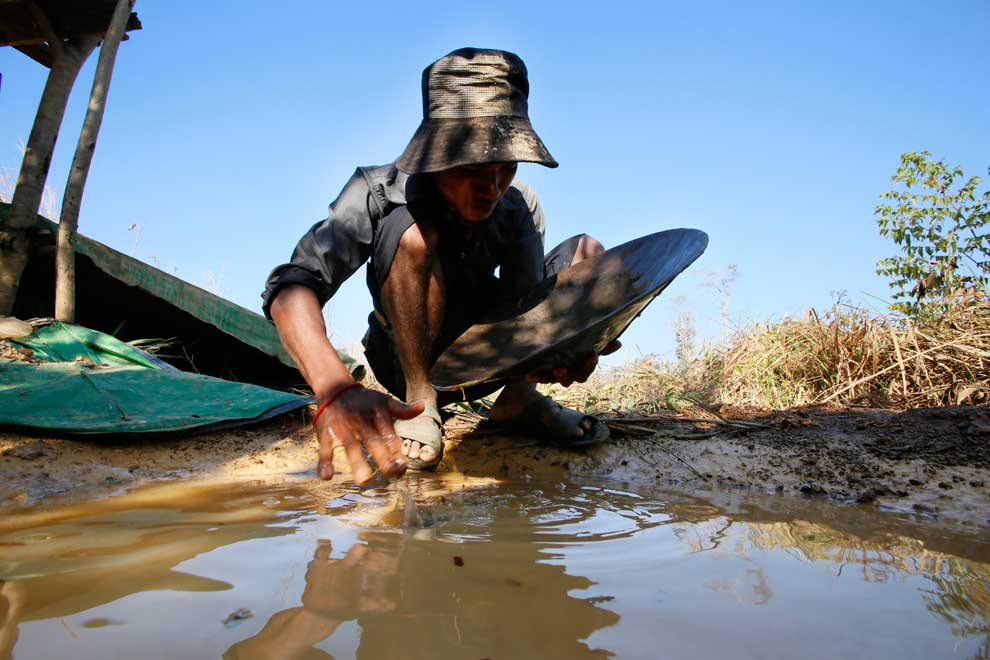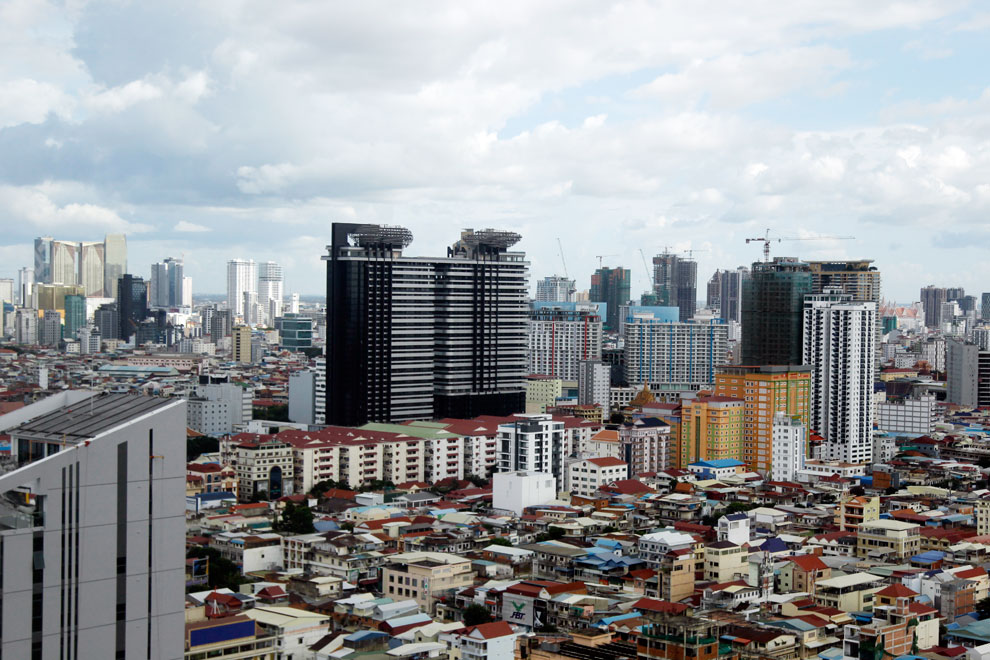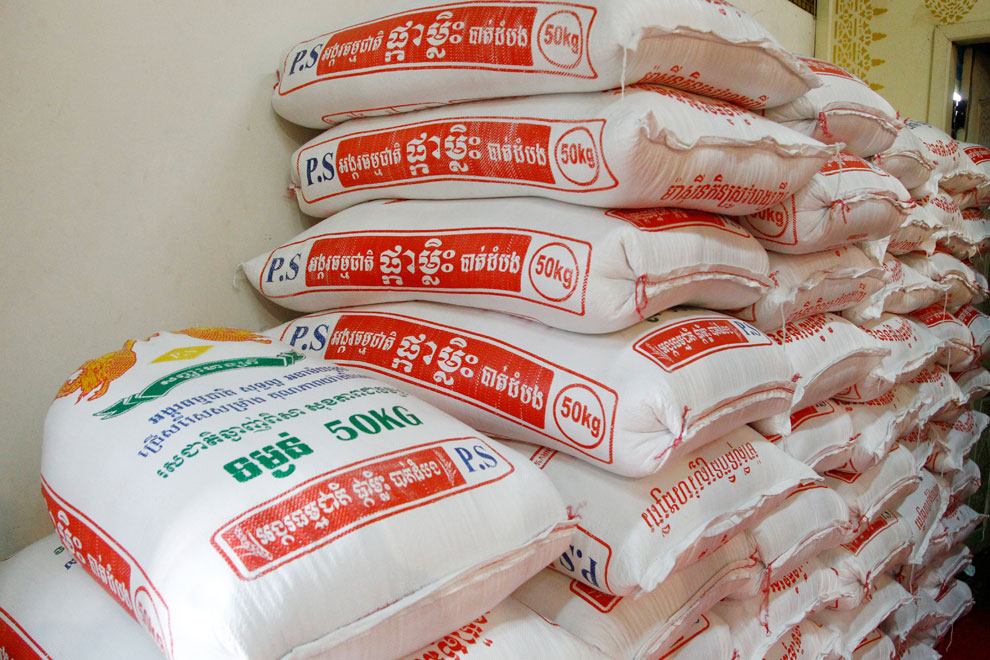MFI sector resilient amid global crisis
MFI sector resilient amid global crisis
Despite the uncertain national and global economic situation, Cambodia’s microfinance operations have demonstrated resilience and continue to make substantial contributions to macroeconomic activity by injecting financial resources into the economy.
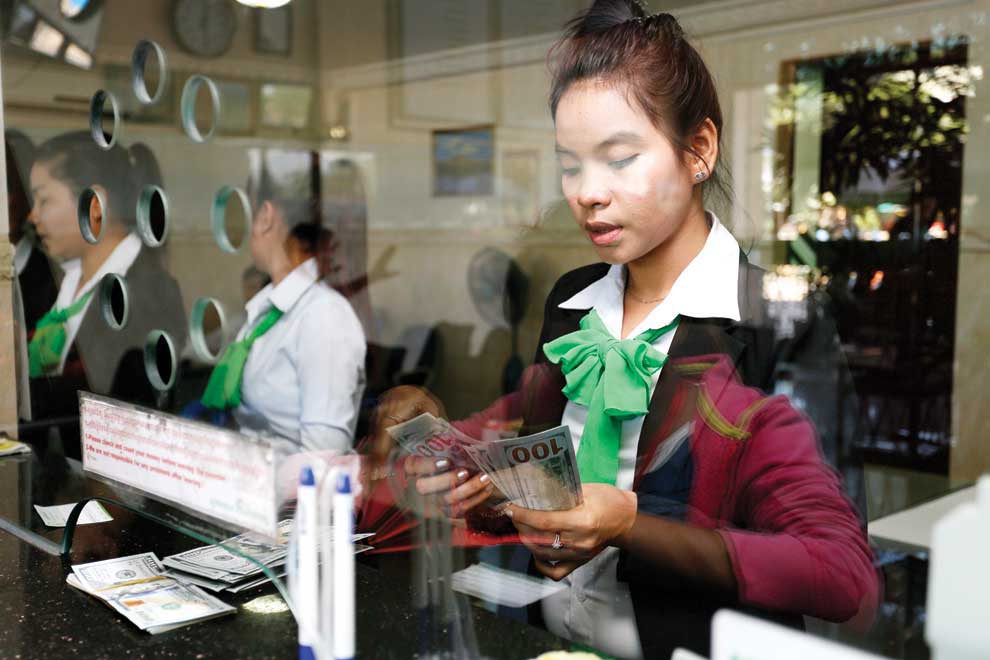
Sok Voeun, chairman of the Cambodia Microfinance Association (CMA), stated at the 2023 Microfinance Conference in Siem Reap province on November 24, that at the end of the third quarter of 2023, the sector had a total loan balance exceeding $5 billion and more than 1.5 million loan customers.
Deposit-taking microfinance institutions (MFIs) held over $2 billion in deposits with nearly 2 million depositors.
“The microfinance sector in Cambodia continues to maintain its stability by providing services with a high sense of responsibility and customer protection,” he stated.
He added that the industry comprises over 900 offices and employs more than 20,000 individuals – data which does not include banks that are members of the association.
According to Voeun, the group has implemented a highly effective system to address customer issues and requests, adhering to consumer protection principles, including the filing of grievances with the association and utilising the body’s complaint hotline.
Lay Sokheng, director of the Department of Economic Research and International Cooperation at the National Bank of Cambodia (NBC), remarked during the conference that despite external challenges, the Kingdom’s financial industry remains robust.
“Credit growth in the microfinance sector has continued at a healthy pace compared to the same period last year. The growth is primarily attributed to contributions from the household, trade and commerce, agriculture and service sectors,” he stated.
He added that the liquidity positions of commercial banks and deposit-taking institutions have remained robust, as evidenced by their Liquidity-Coverage Ratios (LCRs) being higher than the regulatory requirement of 100%.
“Borrowing in the banking and microfinance sectors has been increasing steadily, mostly in long-term forms, aiding in better liquidity risk management. While the profitability of [MFIs] has marginally declined due to higher provision expenses, the capital of banks and [MFIs] remains robust, surpassing the regulatory requirement of 15%,” he stated.
Ly Sodeth, senior economist for Cambodia at the World Bank, highlighted that the country’s growth projections are at 5.4% for 2023, with an expected increase to 5.8% in 2024 and 6.1% in 2025. However, he noted that structural challenges and global economic headwinds persist.
He emphasised that private consumption has eased with the reduction in pent-up domestic demand. The import of consumer and durable goods has decelerated, while households contend with sluggish wage growth and a stagnating labor market. This combination has resulted in decreased spending, further constrained by rising borrowing costs and prices.
He pointed out that bank credit growth had slowed to a 13-year low of 7.7% year-on-year in August 2023, down from 22.7% during the same period in 2022, constraining domestic expenditures.
Deposit growth also slowed to 11.1%, down from 14.2%. The ability to save has been affected, likely due to rising global interest rates. The reported Non-Performing Loan (NPL) ratios for the banking and MFI sectors were 4.0% and 3.1%, respectively, by mid-2023, up from 3.2% and 2.6% at the end of 2022, as per the World Bank.




